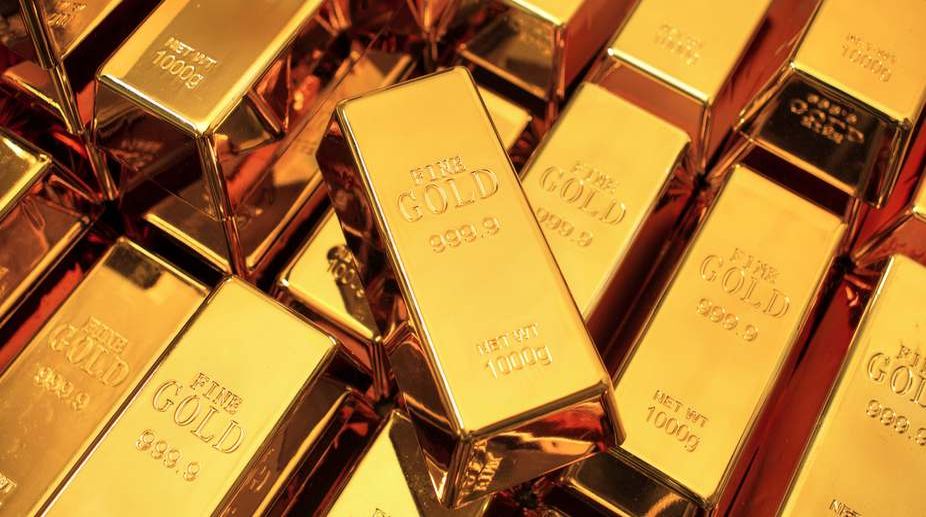With the Goods and Service Tax (GST) Council deciding to put gold under 3 per cent tax bracket, World Gold Council (WGC) sees the impact to be "disruptive" with change in consumer behaviour in the coming days. But the net impact is expected to be positive, it said.
"We see consumer behaviour changing in response to GST. Our econometric analysis spanning 26 years of data illustrates that higher taxes act as a headwind to gold demand. But the tax should also change the industry to the benefit of the consumer," WGC said here in a report on Thursday.
Advertisement
The report, GST's impact on India's gold market, said while gold consumers will face a slightly higher tax rate, the industry will go through a period of adjustment.
"We believe GST may be disruptive in the short term as the industry adjusts to the new tax regime. Manufacturers' and retailers' working capital could be tied up because of inter-state gold stock transfers," it said.
"Small-scale artisans and retailers with varying degrees of tax compliance may struggle to adapt. Consumer demand faces a headwind from the higher rate of tax. And consumers and jewellers may try to conduct recycling transactions under the counter, away from the prying eye of the tax man," the council report said.
"We see the net impact on the gold industry as being positive. The gold supply chain should become more transparent and efficient, and the tax reform could boost economic growth, which we see as supporting gold demand," the report adds.
The tax on gold is set to increase from 1 July. Prior to GST being implemented, the overall tax rate on gold jewellery stood at 12.2 per cent, comprising 10 per cent customs duty, 1 per cent excise duty, and 1.2 per cent value added tax (VAT).
The three per cent GST will replace the excise duty and VAT components of 2.2 per cent. Customs duty will remain at the existing level.
"But when we delve a little deeper, the effect of the tax is a little more complex. There are two important GST rates which will affect the industry. The first is the 3 per cent tax on gold products, such as jewellery. In addition, there is an 18 per cent tax on services that will apply to firms and individuals providing manufacturing services across the gold supply chain," the report said.
"Taking these two rates into account, our analysis of the supply chain indicates the effective tax rate consumers face could increase to between 13.5-14 per cent. This range depends on whether the jewellery is manufactured in-house or is outsourced. Firms manufacturing jewellery in-house will have an advantage," it added.
It states the consumer now gets a bad deal as gold industry is highly fragmented, dominated by small independent retailers where under-carating is rife.
"GST will bring greater transparency to the supply chain, and bring more of the gold market into the formal sector. We expect this to make it harder for retailers to under-carat their customers," the report says.
The WGC expects India's gold demand to remain between 650-750 tonne in 2017 which may go up to 850-950 tonne by 2020.











